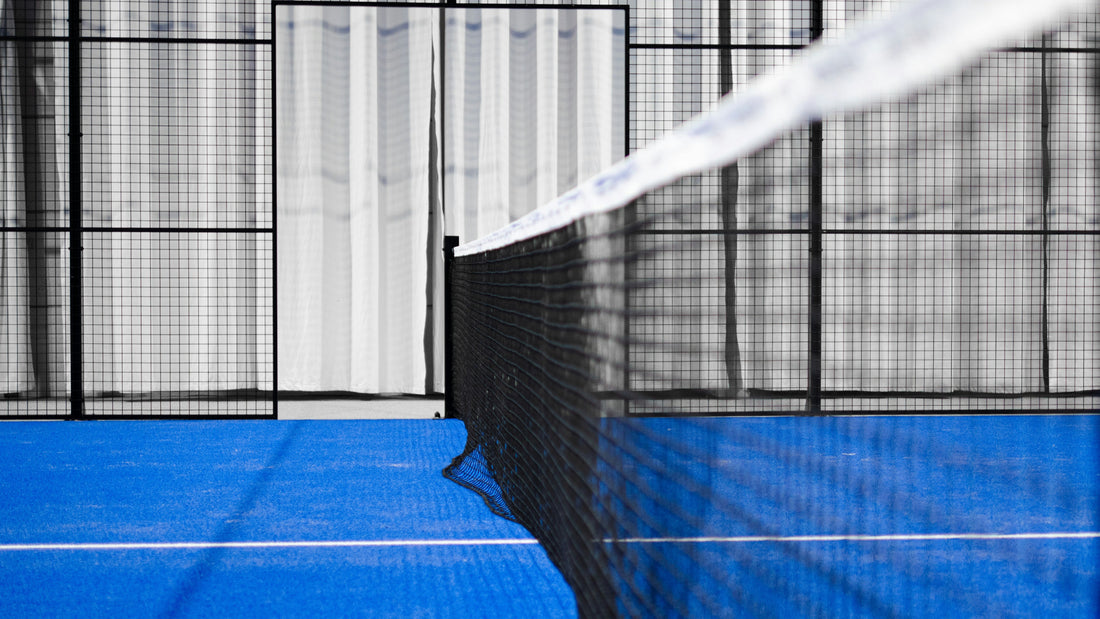
Comparing Padel to Tennis and Squash: What Sets Padel Apart
Share
In recent years, padel has emerged as a fast-growing sport, capturing the interest of racquet sport enthusiasts worldwide. Often compared to tennis and squash, padel offers a unique blend of elements that set it apart. In this blog post, we'll dive into the world of padel, exploring how it differs from tennis and squash, and why it's becoming a favorite among players of all ages. Whether you're a seasoned pro or just curious about this exciting sport, join us as we uncover the unique characteristics of padel.
The Origin and Basics of Padel
Padel, unlike tennis and squash, originated in Mexico in the late 1960s. It's played on a court roughly a third of the size of a tennis court, enclosed by walls. The game is typically played in doubles, which fosters a sense of teamwork and strategy.
Key Differences from Tennis and Squash
- Court Design and Size: Padel courts are smaller than tennis courts and include walls, similar to squash. However, unlike squash, the walls in padel are used as part of the game, adding a unique twist to gameplay.
- Rackets and Balls: Padel rackets are solid and stringless, differing significantly from the stringed rackets of tennis. The balls, while similar to tennis balls, are slightly less pressurized, affecting the game's dynamics.
- Scoring and Rules: Padel follows scoring similar to tennis, but with some variations in serving and point play. The underhand serve in padel is a significant departure from the overhead serve in tennis.
- Physicality and Accessibility: Padel is less physically demanding than tennis and squash, making it accessible to a wider range of ages and skill levels. The smaller court size and lower ball speed allow for longer rallies and more strategic play.
The Appeal of Padel
Padel's unique combination of ease of play, social aspect, and strategic depth has contributed to its growing popularity. It's a sport that encourages social interaction, making it a favorite for family and friends.
Conclusion
Padel, while sharing similarities with tennis and squash, stands out with its unique court design, equipment, and play style. It offers a perfect blend of physical activity, strategy, and social interaction, appealing to a broad audience. As padel continues to grow globally, it's clear that this sport has carved out its own niche in the world of racquet sports.
FAQs
- What makes padel different from tennis and squash in terms of gameplay? Padel combines elements of tennis and squash but is unique in its use of walls, smaller court, and solid rackets.
- Is padel suitable for all ages and skill levels? Yes, padel's lower physical demand and strategic play make it accessible and enjoyable for all ages and skills.
- How does the scoring in padel compare to tennis? Padel scoring is similar to tennis, with some differences in serving and point rules.
- Can padel be played in singles like tennis and squash? While primarily a doubles game, padel can be adapted for singles play.
- What equipment is needed to play padel? Players need a solid, stringless padel racket and balls slightly less pressurized than tennis balls.

